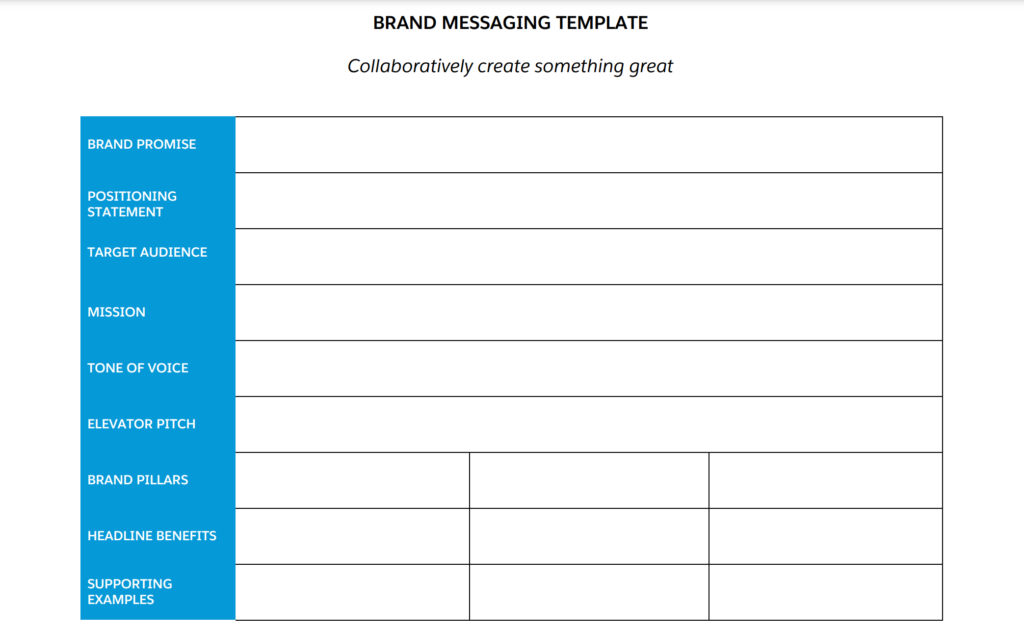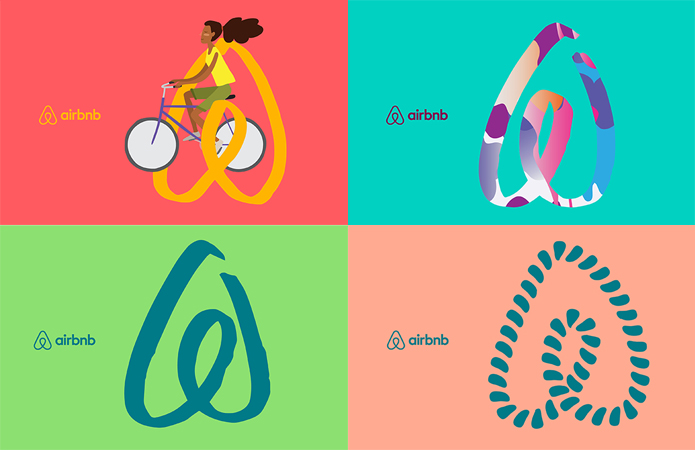
FOUNDATION
Use These Overlooked Elements of Brand Identity to Build Deeper Connections With Your Customers
January 26, 2021 | Education
As marketing has become more of a series of two-way conversations than quarterly multi-channel campaigns, our approach to branding has changed.
As little as 15 years ago, our jobs in branding were to create a uniform and cohesive identity that would stand out among competitors and fuel recognition. But now, we need to create something that feels more dynamic, like a person.
We recognize branding, not as a logo, color palette, or font, but an intangible business asset and a succession of important emotional connections.
It doesn’t have to be a complicated task; the principles are the same. A compelling and authentic proposition, and a way to express personality at every customer touchpoint.
And we know the traditional tenets of branding:
- Visual identity: logo, color palette, logo marks, pictorial marks, emblems, icons
- Brand positioning: strapline, vision and mission, tone of voice
In a small business, these might be the only assets we have. However, we can start to incorporate more holistic ideas about branding inside and outside our companies to forge deeper connections. It won’t take a huge budget or formal research but might ignite an idea for how to flesh out who we are in the minds of our customers.
Your Brand Stories
When you tell a great story about your brand, people are invested. Stories about why you do what you do and how you came to be are an important part of your brand arsenal. Content Marketing Manager, Clifford Chi says, “Just like your favorite books and movies’ characters, if you can craft a compelling brand story, your audience will remember who you are, develop empathy for you, and, ultimately, care about you.”
He suggests structuring the story:
- Status Quo — What was the state of things that prompted you to step up?
- Conflict — Why wasn’t it easy? Why wasn’t everyone already doing it?
- Resolution — Why was your solution the best way for things to work?
These stories can be used in PR opportunities, on your website, social media, at events, or in pitches.
Your Brand’s Emotional Impact
Throughout the nascent experience of building a brand, we often talk about what personality and tone of voice our brand should have, but sometimes forget to factor in what emotional impact we want our brand to have on our customer.
Think about how you want to make your customers feel in their interactions with your brand. Is it:
- Nurtured
- Inspired
- Fascinated
- Exhilarated
- Relevant
- Benevolent
- Delighted
Narrowing down this feeling will help you to shape your key messages, customer service scripts, and marketing materials.
Your Brand’s Key Messages
How you talk about what you do extends further beyond a strapline or tone of voice. You can use a key messaging framework to flesh out what’s in your positioning statement for different areas of your work and the different audiences you serve. It gives you the opportunity to offer clarity about why your brand is different.

Image from Pardot: https://www.pardot.com/blog/how-to-create-brand-messaging-that-resonates/
Your brand promise addresses what you’ll do for your customer.
Your positioning statement defines where you are in the marketplace.
Your target audience is your ideal customer. You can have more than one type, but know their needs, wants, and pain points.
Your mission is your ultimate goal and long-term vision.
Your tone of voice is a set of adjectives.
Your elevator pitch is the 30, 60, or 90-second motivational brand message.
Brand Pillars
Your brand pillars describe the most important selling points of your product or the benefits of the main activities you’re involved in.
Headline Benefit and Support Examples
Each brand pillar can be supported by a key benefit statement or headline benefit with added examples. These pillars inform the focus points of your content across all of your activities.
You can also create a template with boxes relevant to different stakeholders or audiences in your business.
Unique Ways to Express Your Brand
Sound
Sound can intensify the experience of your brand and is a great tool for recall and emotional response. With the rapid expansion in voice AI, video, and audio media, there are more opportunities than ever to use audio architecture to express your brand essence—through recorded messages, video introductions, your website, or in live retail environments.
Dynamic marks
Alina Wheeler says in her book, Designing Brand Identity, “Historically, brand equity has been achieved in part by the frequency and global reach of a single icon, like Apple’s trademark or Nike’s swoosh. As life becomes more digital, designers have found new ways to express big ideas.” Organizations with dynamic marks are malleable with their logo or icons depending on the situation. They recognize that creating much more content than ever before means that they can play a little bit with their logos and graphic marks and still retain recognition.

Image from Truly Deeply blog: https://www.trulydeeply.com.au/2014/07/well-considered-thinking-leads-to-impressive-airbnb-rebrand
Digital personality
According to AdAge, “In today’s digital-first world, a brand’s digital expression is equally as important as its name and visual identity. What’s more, it should be considered an integral part of the brand, not an additional element to be created at the end…If your brand strategy includes “ease of use,” your app or web experience should be built to reflect that. If your brand stands for depth of knowledge and trust, your digital experiences might take on a very different look and feel, such as providing customers the chance to dive deeper and learn more.”
Need support fleshing out or expressing your brand personality? Get in touch.
Sign Up For Our Newsletter

